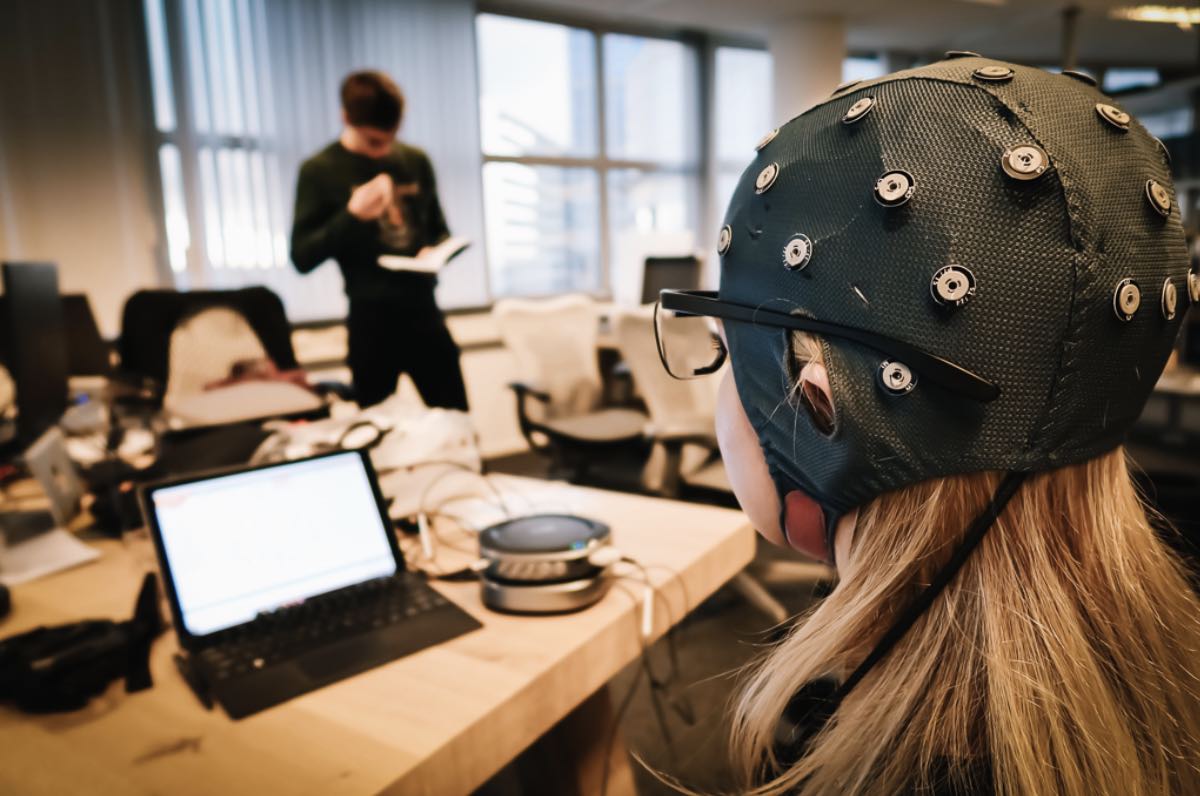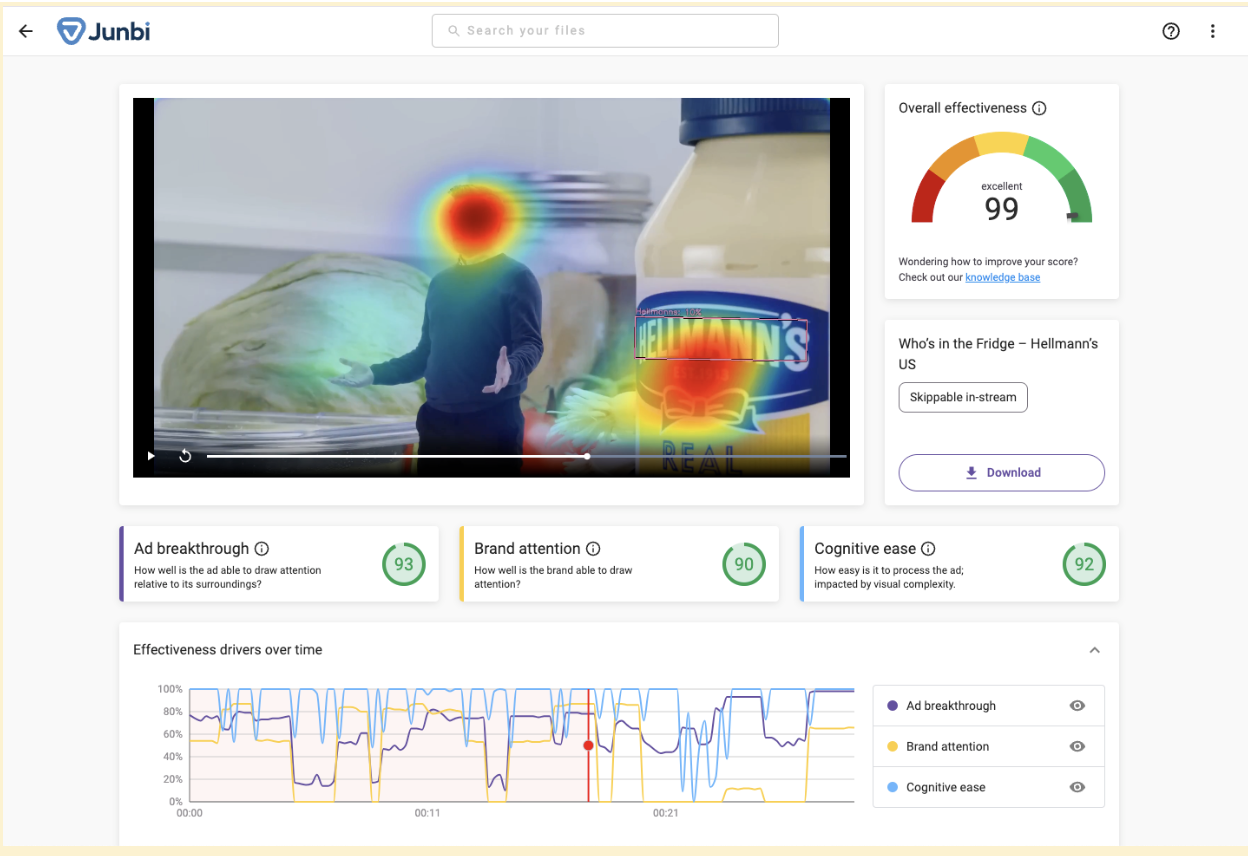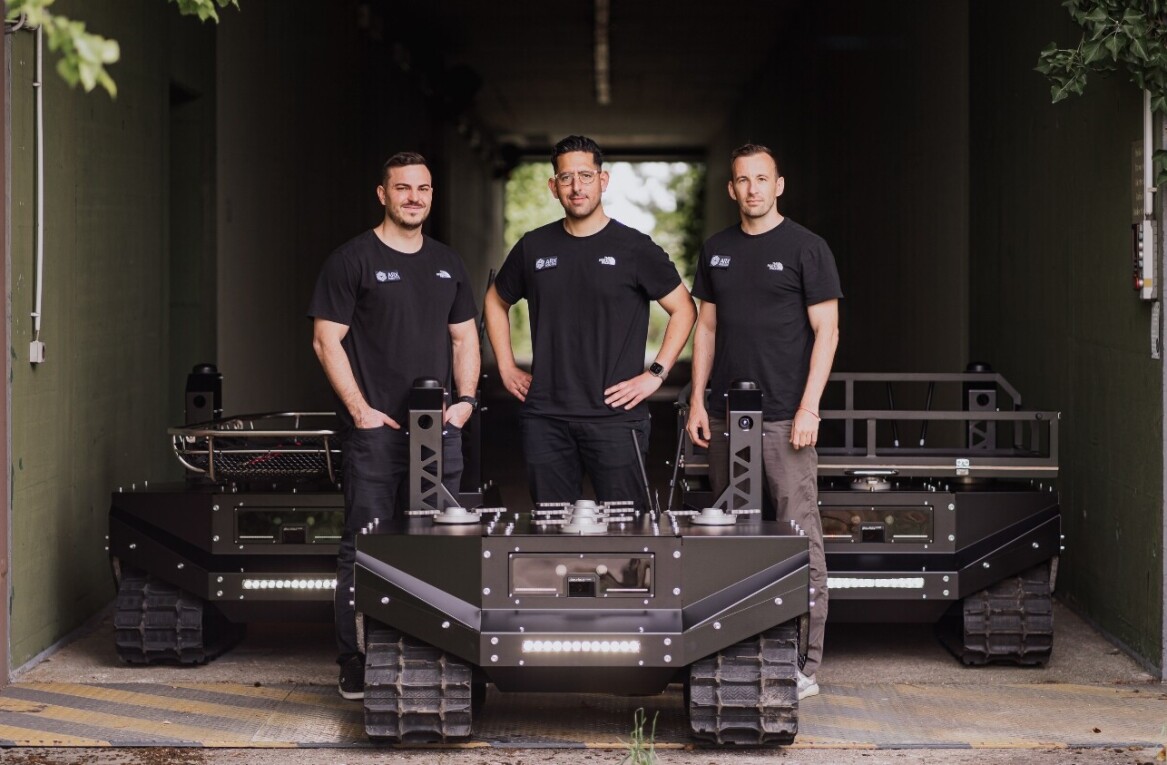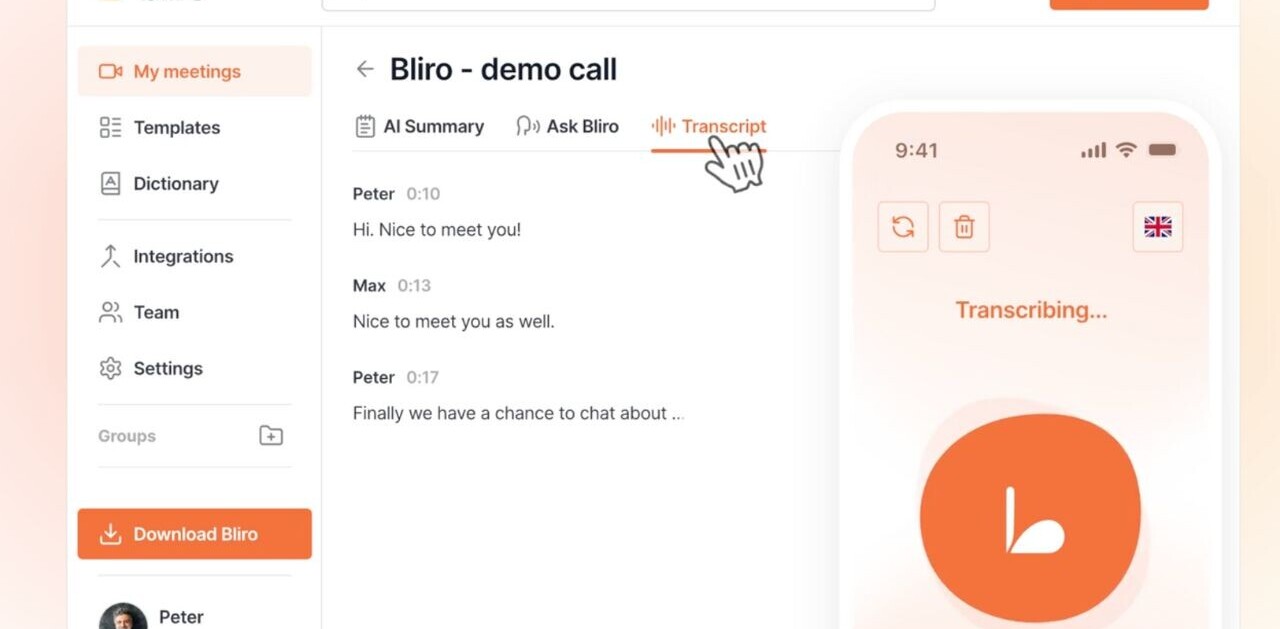
Junbi.ai joined the TNW for Startups programme and exhibited at a previous TNW Conference. This story was part of the programme offering; it’s written under full editorial control of TNW. Check out this year’s packages here!
A few years ago, the AI-focused team at Junbi.ai conducted an insightful neuroscientific study. They invited 10 advertising creatives to bring in their favourite work. They then put the creatives in a magnetic resonance imaging (MRI) scanner to monitor brain activity and asked them to grade each other’s work.
As it turned out, the grades given were both similar and consistent.
Save for one crucial exception — the marketers gave themselves the highest marks.
When presented with their own work, the MRI scanner would light up in a way suggesting that these individuals were genuinely convinced that their work was spectacular, even though all of their colleagues might independently agree it’s a 7/10.
“Your brain is bad at lying,” explains Junbi.ai founder Coen Olde Olthof. It’s this revealing insight into brain activity that serves as the pillar upon which researchers have built the field of neuromarketing.
Broadly speaking, neuromarketing studies brain responses to marketing stimuli, capturing unfiltered consumer responses in a way that surveys, studies, and traditional marketing data cannot.
Reserved for special occasions
Though around for decades, neuromarketing has remained a rather exclusive endeavour, principally due to its hefty price tag. While most marketers would fawn over data that details whether their audience likes the ad, how they absorb it, what works, and where they direct or lose attention, the reality is that paying €15-20k per hour for an MRI machine is out of budget for most. Unless, for instance, you’ve got a Superbowl commercial on the horizon.
Other approaches such as electroencephalogram (EEG) testing and motion capture for eye-tracking are also so time- and resource-intensive that few marketers would dare integrate them as a core component of their creative processes.

Accordingly, the overwhelming majority of marketers are stuck calling shots based on expert opinion, which, as the aforementioned study suggests, can be congruent but is often overshadowed by ego. Even when everyone aligns, it tells you very little about how well the campaign will actually perform.
“It was frustrating to me when I was in marketing,” says Olthof. “We would test campaigns, run them by people, have high expectations, and then they wouldn’t do well at all. Or vice versa.”
Seeking a better way to do marketing
This frustration alongside a chance encounter with Ale Smidts, the scientist who coined the term “neuromarketing,” diverted Olthof’s attention, and eventually career in a new direction. Just over eight years ago, he founded neuromarketing consultancy firm Alpha.One. The aim was to help brands create more effective content by leveraging neuroscientific methods such as fMRI, EEG, and eye-tracking.
With a growing library of neuroscientific data and partnerships with Erasmus University and MIT, the team eventually developed a predictive eye-tracking platform — expoze.io — which applies AI to predict visual attention in a similar way to eye tracking, without the need for participants — and does so with 95% accuracy.
However, “at the end of the day, expoze.io is more of a research solution than a marketing tool. It will give good, insightful answers to valid scientific research questions. But it won’t tell you whether something’s good or bad. It works for some brands, but may prove to be a bit much for others,” shares Daan van der Wiele, Head of Marketing & Product at Alpha.One.
This pushed the team to go one step further and Junbi.ai was born.
Neuroscience at the push of a button
Junbi.ai is a platform for pre-testing and benchmarking YouTube ads. It combines expoze.io’s AI-powered predictive eye-tracking with machine vision to deliver unique predictive insights into the expected performance of YouTube ads and how they stack up against others.
By hyper-focusing on a particular platform, the Junbi.ai team was able to develop metrics and benchmarks to evaluate media and spare marketing teams the burden of scientific data analysis.
“Let’s be real, marketers need a traffic light indicator that answers one simple question — does my ad suck?” laughs Van der Wiele, and Junbi.ai strives to provide it.
It achieves this by analysing three key metrics: brand attention score (is your brand getting noticed?), cognitive ease score (how easy is an ad to process and remember?), and ad breakthrough score (how much attention does your ad receive when placed in a YouTube context?).

These three scientifically proven metrics are combined and complemented by learnings from thousands of other campaigns and tests of what makes a good ad. For example, one should weigh attention to brand more heavily at the start and end of an ad, to deliver an overall effectiveness score — or a traffic light indicator, as Van der Wiele puts it.
Equipped with performance metrics and a breakdown of the video by quarters of a second, marketers can then pinpoint what and which area needs improvement.
It’s neuroscience at the push of a button and a fraction of the cost.
Get the TNW newsletter
Get the most important tech news in your inbox each week.





